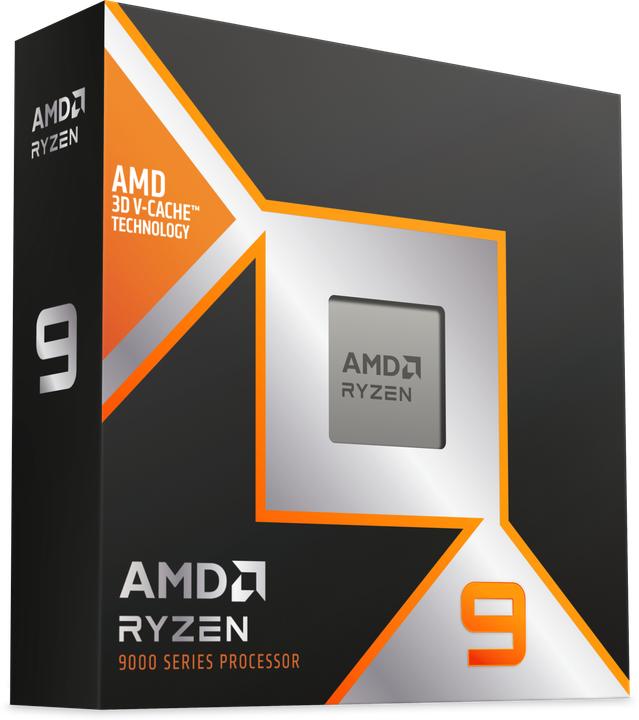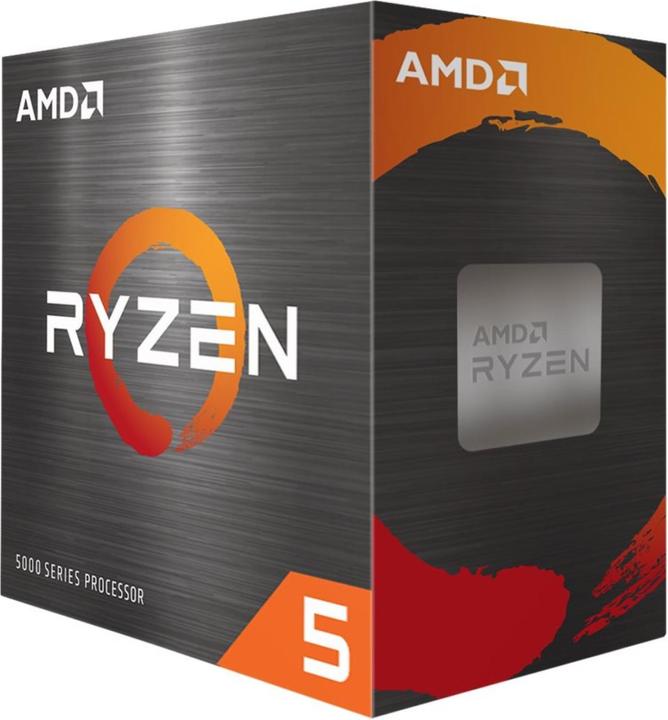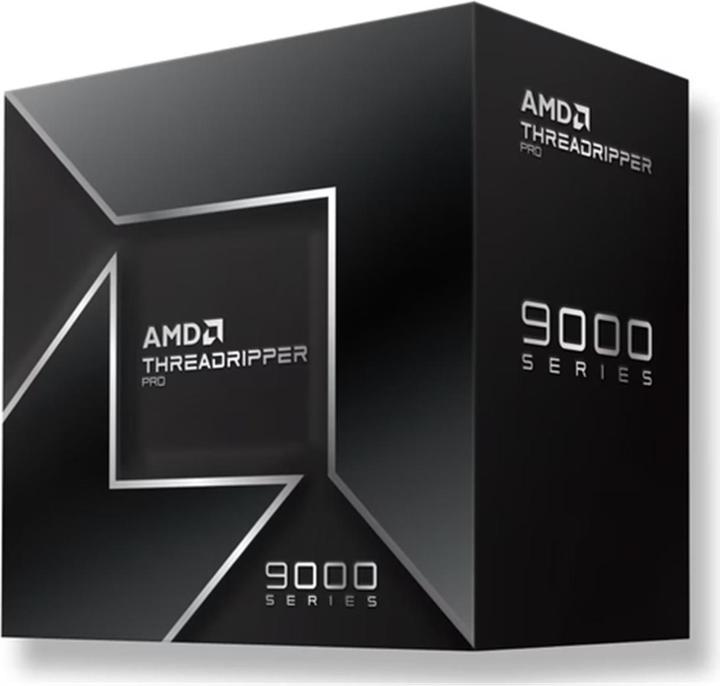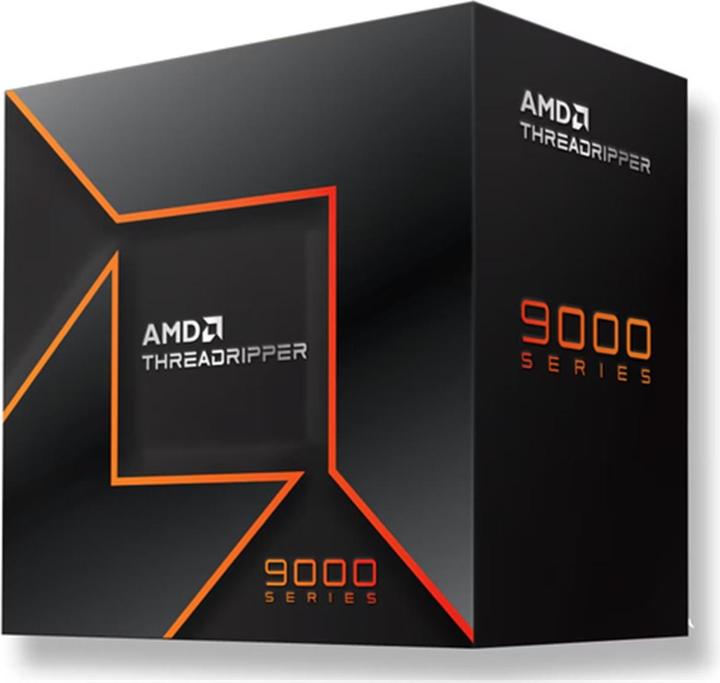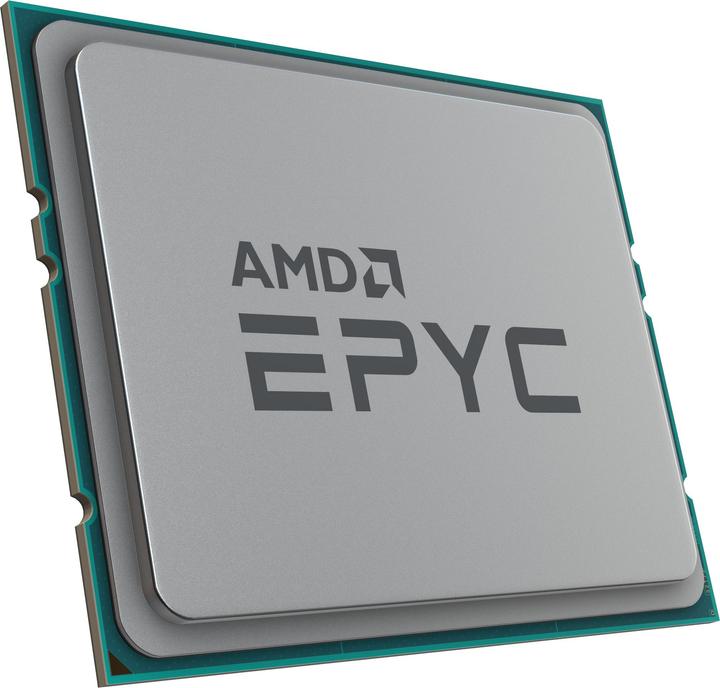
Too Many Processors? Here's How to Choose the Right One
Discover five key factors to consider when selecting the best processor for your needs.
Last updated 1 week ago. Automatically generated content.


Select options and limit the number of products
The number of processor cores determines how efficiently a processor can handle multiple tasks simultaneously. More cores generally lead to better performance in multitasking environments, enhancing overall system responsiveness and speed.
Popular options
Up to 8 -Core
Typical price
150.– to 710.–Features fewer cores, suitable for basic computing tasks and applications.
Ideal for users who engage in everyday activities like web browsing and document editing, providing satisfactory performance without the need for high processing power.
Bestseller
9 - 16 -Core
Typical price
420.– to 1900.–Offers a moderate number of cores, balancing performance and cost.
Recommended for users who require efficient multitasking for gaming, content creation, or running multiple applications simultaneously.
Bestseller
17 - 32 -Core
Typical price
1700.– to 6200.–Includes a high number of cores, designed for demanding computing tasks.
Best suited for professionals in fields like video editing and software development, enabling superior processing power for complex and resource-intensive workloads.
Bestseller
Max. turbo clock rate refers to the highest speed at which a processor can operate temporarily under optimal conditions. It is crucial for performance as it impacts the processor's ability to handle demanding tasks efficiently, enhancing responsiveness and speed during intensive workloads.
Popular options
3 - 3.7 GHz
Typical price
940.– to 4300.–Provides moderate turbo speeds suitable for everyday computing tasks.
Ideal for users who require reliable performance for standard applications without excessive power consumption.
Bestseller
3.8 - 4.4 GHz
Typical price
370.– to 6200.–Delivers higher turbo speeds to manage more demanding applications and multitasking.
Recommended for users who need enhanced performance for gaming or multimedia editing.
Bestseller
4.5 - 5.2 GHz
Typical price
210.– to 890.–Offers top-tier turbo speeds for the most intensive computing tasks.
Best suited for professionals and enthusiasts who demand maximum processing power for complex simulations or high-resolution rendering.
Bestseller
The processor family defines the category and capabilities of a CPU, impacting performance and suitability for specific tasks. Choosing the right processor family is crucial for ensuring optimal efficiency and meeting the demands of different computing needs.
Popular options (you can select more than one)
Xeon Gold
Typical price
2200.– to 6200.–Designed for demanding workloads, offering high reliability and scalability.
Ideal for data centers and enterprise applications, providing robust support for virtualization and cloud computing.
Bestseller
Epyc
Typical price
990.– to 6500.–Provides high core count and memory bandwidth, tailored for advanced multi-threaded applications.
Perfect for server environments, enabling efficient processing of large datasets and complex computations.
Bestseller
Ryzen Threadripper Pro
Typical price
1500.– to 6500.–Built for creative professionals, with superior multi-threading capabilities and high clock speeds.
Recommended for tasks like video editing and 3D rendering, ensuring swift performance and reduced processing time.
Bestseller
Xeon Platinum
Typical price
8800.– to 19 000.–Offers top-tier performance with advanced security features and enhanced reliability.
Suited for critical business operations, delivering maximum uptime and comprehensive data protection.
Bestseller
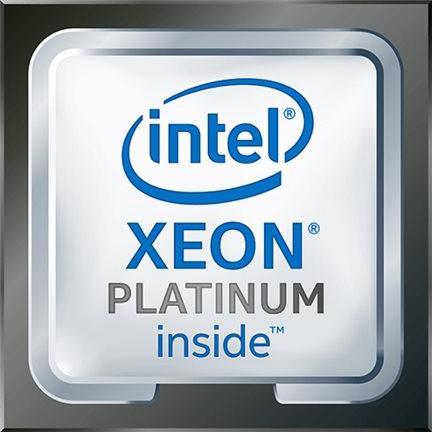
Intel Platinum 8362
LGA 4189, 2.80 GHz, 32 -Core
The number of threads in a processor determines its ability to handle multiple tasks simultaneously, enhancing overall performance and responsiveness. Choosing the right number of threads is crucial for optimizing computing efficiency, especially for multitasking and demanding applications like video editing or gaming.
Popular options
Up to 16
Typical price
160.– to 610.–Offers a limited number of threads suitable for basic multitasking and everyday computing.
Ideal for general use such as browsing, office applications, and light gaming, providing adequate performance without excess cost.
Bestseller
17 - 32
Typical price
460.– to 1800.–Provides a moderate number of threads, balancing performance for more complex tasks.
Recommended for users who frequently run demanding programs, such as content creation tools or games, ensuring smoother operation without overinvestment.
Bestseller
33 - 64
Typical price
2200.– to 6900.–Features a high number of threads for intensive multitasking and high-performance computing.
Best suited for professionals and enthusiasts engaging in advanced applications like 3D rendering or scientific simulations, offering superior speed and efficiency.
Bestseller
The socket is the physical interface on a motherboard that connects to the processor, determining compatibility and upgrade options. Choosing the right socket is crucial for ensuring the processor fits and functions optimally with the motherboard, impacting overall system performance.
Popular options (you can select more than one)
LGA 4677
Typical price
1400.– to 6900.–Designed for Intel's high-performance processors, supporting advanced computing tasks.
Ideal for users needing robust processing power, such as gamers and professionals working with demanding applications.
Bestseller
AM5
Typical price
210.– to 400.–Supports AMD's next-generation processors, offering enhanced performance and efficiency.
Great choice for those looking to future-proof their systems with cutting-edge technology.
Bestseller
SP3
Typical price
570.– to 2700.–Compatible with AMD's server-grade processors, focusing on data processing and multitasking.
Suitable for enterprise environments requiring stable and scalable processing solutions.
Bestseller
AM4
Typical price
110.– to 290.–Widely used for AMD processors, offering a balance of performance and cost-effectiveness.
Perfect for budget-conscious users seeking reliable performance for everyday tasks and gaming.
Bestseller
